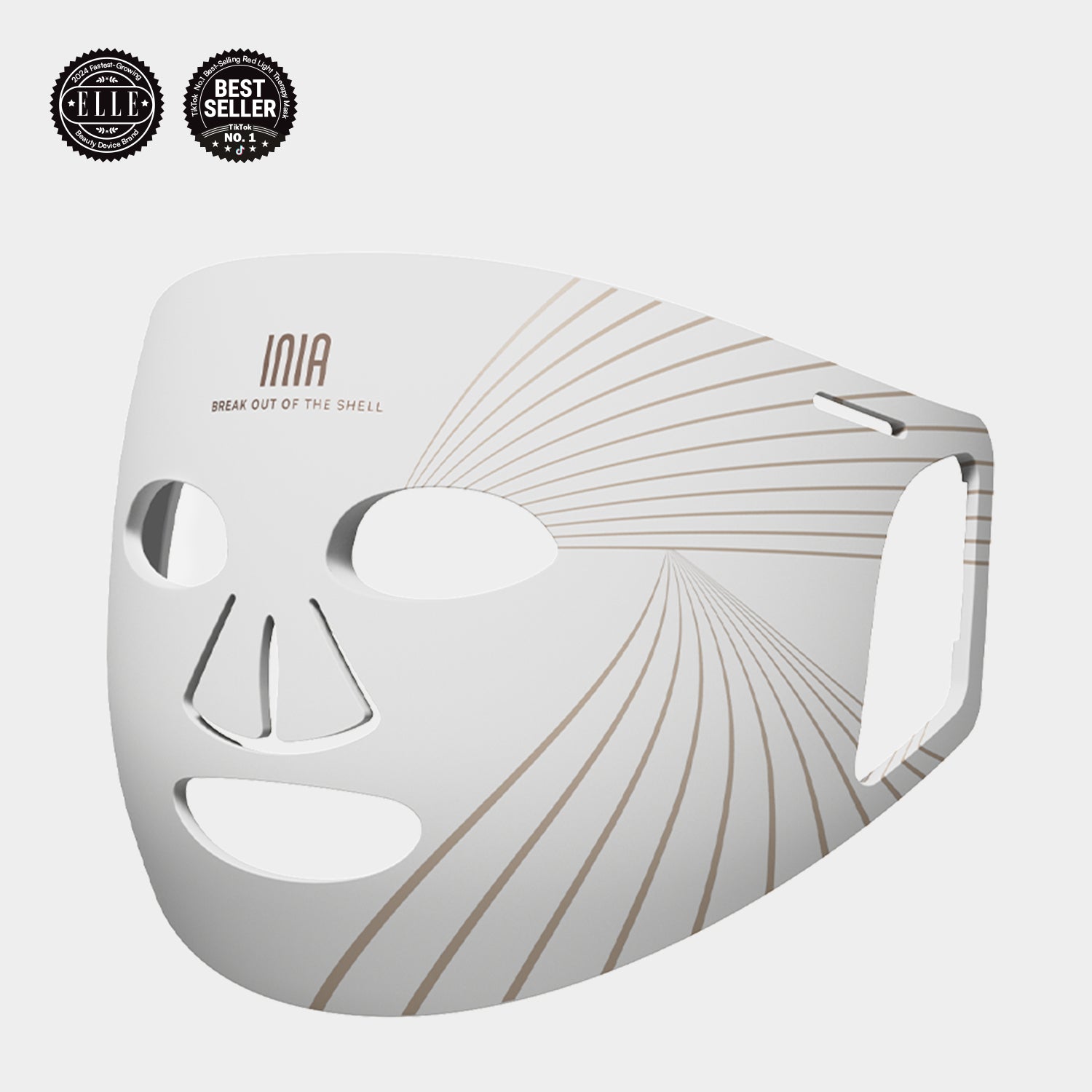In recent years, blue light therapy has gained significant attention in the realm of skincare. This innovative treatment utilizes specific wavelengths of light to target various skin concerns, making it a popular choice among dermatologists and skincare enthusiasts alike. But how does it work, and what benefits does it offer for skin health?

Understanding Blue Light Therapy
Blue light therapy primarily operates within the visible light spectrum, specifically targeting wavelengths between 400 and 490 nanometers. This range is particularly effective in combating acne-causing bacteria, known as Propionibacterium acnes. When exposed to blue light, these bacteria produce reactive oxygen species, which ultimately lead to their destruction. This mechanism is crucial for individuals struggling with acne and related skin issues.
How Does Blue Light Therapy Work?
The process of blue light therapy involves the application of a specialized device that emits blue light onto the skin. The treatment typically lasts between 15 to 30 minutes, depending on the specific device and the area being treated. During this time, the blue light penetrates the skin, targeting the bacteria and reducing inflammation.
- Effective for acne treatment
- Reduces inflammation and redness
- Minimizes the appearance of pores
- Improves overall skin texture
Benefits of Blue Light Therapy for Skin Health
There are numerous benefits associated with blue light therapy. Here are some of the most notable:
- Acne Reduction: As mentioned earlier, blue light therapy effectively targets and kills acne-causing bacteria, leading to clearer skin.
- Minimized Scarring: By reducing active acne, this therapy can also help minimize the risk of scarring.
- Non-Invasive Treatment: Unlike some other dermatological procedures, blue light therapy is non-invasive and typically requires no downtime.
- Improved Skin Tone: Regular treatments can lead to a more even skin tone and texture.
Who Can Benefit from Blue Light Therapy?
While blue light therapy is particularly beneficial for individuals with acne-prone skin, it can also be advantageous for those dealing with other skin conditions, such as rosacea or psoriasis. However, it is essential to consult with a dermatologist to determine if this treatment is suitable for your specific skin type and concerns.
Conclusion
In conclusion, blue light therapy presents a scientifically-backed solution for various skin issues, particularly acne. Its ability to target bacteria and reduce inflammation makes it a valuable addition to any skincare regimen. If you're interested in exploring this treatment further, consider products like the , which combines the benefits of red and blue light therapy for enhanced skin health.








